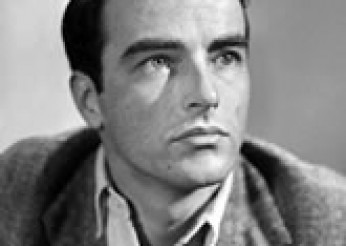A retrospective of Romanian film presents authors who refused to make films as directed by Cannes or simply believed that flirting with the aesthetics of a smart crowd pleaser will bring them greater commercial success
When an old actress asks Grigo if he would star in her film, he can't believe it. But on the set nothing is going as planned. The camera didn't work. The director was very nervous and acted as a tyrant. And in order for the battle scene to be authentic, Turks had to be contacted and learn about their strategies. Which eye to chose? The mad or the reasonable one? This dilemma haunts the author of the film The Rest is Silence by Nae Caranfil. It is 1911, when film theatres were noisy, dirty and full of smoke. More like Hell cinema than Heaven cinema. The script is inspired by the true story on filming the historical epic 'Independenta Romaniei' (The War for Independence), which marked the beginning of Romanian national cinematography.
While the author juxtaposes the artistic enthusiasm of youth to the first Romanian producers, epitomized in the film by the financial tycoon Popescu, for the Romanian new wave today a much more important role than the similar tycoons was played by the grey eminence of Cannes Gilles Jacob, who promoted the new Romanian film into the festival 'it' theme, with quite exceptional authors such as Cristian Mungiu (4 Months, 3 Weeks, 2 Days) and Cristi Puiu (The Death of Mr. Lazarescu), even though he was present on the festival scene earlier on as well, only in somewhat smaller doses (code: Lucian Pintilie). Soon Romanian filmmakers began to be observed in the context of 'certain tendencies', filming what Cannes asked them to, i.e. the more long, hermetic, grey and depressing frames, the better. The exception were authors like Radu Jude who finally discovered the dynamics of framing and was free from the clichéd grey (Everybody in Our Family).
This is why the retrospective of Romanian film in addition to the already mentioned Caranfil brings some other invisible authors who refused to make films as directed by Cannes or simply believed that flirting with the aesthetics of a smart crowd pleaser will bring them greater commercial success, such as Nap Toader (Wedding in Bassarbia), with his 'wedding movie' rhetoric hiding very serious issues of ethnic tensions in the story about a Rumanian guy in love with a Moldavian girl, and the political farce I'm an Old Communist Hag, whose author Stere Gulea, much like Caranfil, uses the mechanisms of a film inside a film. We are now talking about the Rumanian matron (the always brilliant Luminita Gheorghiu remembered for her role of the nurse in The Death of Mr. Lazarescu and the mother in Child's Pose), whose nostalgia for lost times of Ceausescu when, according to her, at least they always had food on the table, unlike now, will be used by the director of the fictional film Life During Communism where she takes the role of a history consultant and Party memorabilia dealer. All this takes place at the time of exhumation of the dictator's body, when Emilia slowly become an actress in her own story.
The only film that would somewhat satisfy the Cannes criteria concerning scenes would be Medal of Honor by Calin Peter Netzer, who like Gulea also shows that history cannot just be undone, because the imagery of yesterday haunts the author's hero like an eternal shadow. His days go by monotonous, unpaid bills piling up. Until one day he receives a letter from the Ministry of defence notifying him he is being awarded medal of honor for his "heroic acts" in World War II. It is enough just to slightly slow down the camera and the advocates of 'certain Romanian tendencies' will finally get what they want. (Dragan Rubeša)
